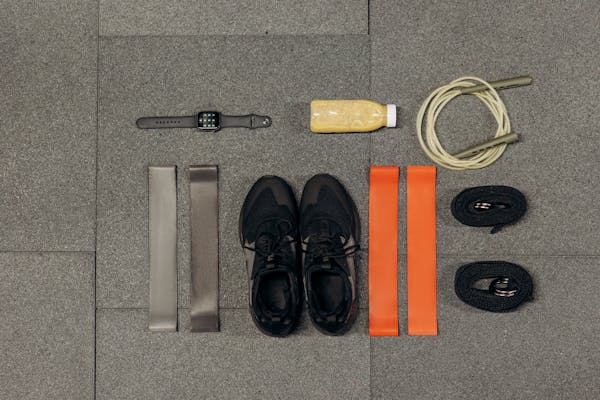The Effects in The Use of Leather Materials, Tools and Materials on The Health of The Individual
Leather as a material, as well as the tools, materials, and techniques used for its production, can pose serious health problems to the individual. The leather craftsman should endeavor to avoid the effects of these health hazards. Some of the effects that the tools, materials, and techniques in leatherwork can have on the individual are discussed in this article.
1. Leather chemicals- Chemicals for treating leather are very dangerous to one’s health. They contain an epoxy resin which may cause sensitization by skin contact and development of allergies. These same chemicals, when exposed to the eyes, can also cause irritation, therefore safety precautions have to be applied when they are used. After they are used, leather chemicals have to be properly disposed of. When they find their way into rivers and other river bodies they destroy the aquatic organisms and the aquatic environment as a whole. Therefore proper disposable techniques should be used.
2. Toxic materials- Most of the materials used for leatherwork are toxic or harmful. They can have either short term or long term health implications on the individual. Proper care should be taken when they are used.
3. Leather tools- Tools used for leatherwork can cause serious injuries to the individual when they are not handled well. However, if this happens, the individual has to consult a qualified medical personnel for immediate treatment. If prompt measures are not taken after receiving cuts from these tools, the affected person can contract tetanus.
4. Leather fumes and dyes- Inhalation of fumes and dyes used for the decoration and finishing of leatherworks is very dangerous to one’s health. It can result in breathing difficulties and other health disorders. It is advisable to wear nose masks when using these fumes and dyes in leather productions.
5. Corrosive materials- Corrosive substances such as acids and alkalis used for leatherwork can deteriorate and destroy the skin when it gets into contact with it resulting in serious burns. Protective clothes, gloves, and boots should be worn before using these harmful substances.
6. Ingestion- This refers to the contact that materials and tools in leatherwork can have with the mouth. When these harmful materials enter one’s mouth it can cause several diseases. To avoid this, the leather craftsman should thoroughly wash his or her hands thoroughly with soap and water after work.
There are several ways that craftsmen in leatherwork can adopt to improve their personal and environmental health. This has various benefits as we have already discussed. Some of the ways to improve on the personal and environmental health for leather craftsmen and the leatherwork environment are:
1. Ventilation- The leatherwork studio should be well ventilated with a considerable number of outlets and windows to allow the free circulation of air. Processes such as dyeing and sanding should not be done indoors but rather they should be carried out outside. This would reduce the tendency of inhaling the fumes and toxic chemicals.
2. Use of Personal protective Equipment- The workers in a leatherwork studio or company should always and at all-time make use the protective gadgets available whenever they are in the working environment. Before the commencement of work, the leather craftsman has to put on these protective clothes and equipment. Chemical resistant gloves should be worn before using hazardous materials like acids, dyes, and chemicals. Never handle these substances with the bare hands since doing that would incur serious health hazards. Wear respirators or nose masks to avoid inhaling fumes from them. Safety glasses and goggles should be worn to protect the eyes when sanding leather or when spraying leather.
3. Storing, Handling and Disposing of Art Materials- Always ensure that waste substances are disposed of properly. Good housekeeping practices should be enforced and applied in the leatherwork studio. Washing of the hands with soap and water should be given serious concern after carrying out a work in leatherwork even if gloves were worn before the work was done. Periodic cleaning exercises should be organized to rid off waste materials and dust that may have trapped in corners of the studio. Also, to be able to handle corrosive and other harmful substances and materials in leatherwork, one has to diligently study the physical as well as the chemical properties of the harmful substances. Workshops and seminars should be organized occasionally to abreast workers on the proper ways of storing, handling and disposing of leatherwork Materials.





